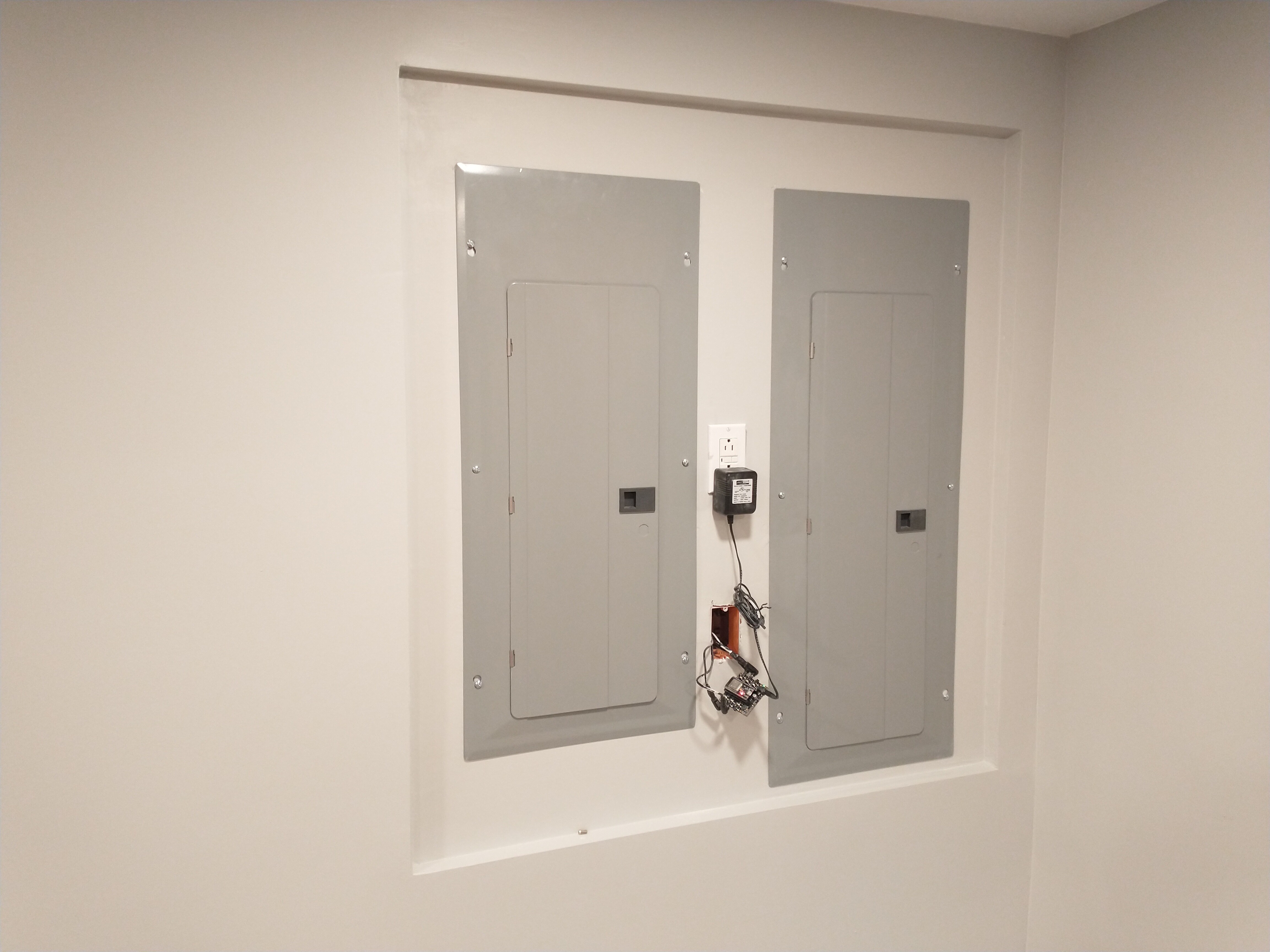Hey friends, thank you for the replies!
I contacted my town and asked a building inspector about this and he was confused as to what I was installing and why I would want such a device, hence why I asked here before continuing that conversation.
My house was built in the 80’s with a 225 amp meter and main breaker. Panel had 42 slots all taken and 10 tandem breakers already installed. The house is probably ~2300 sq ft and completely electric. Two air/air heat pumps & air handlers, water heater, oven, clothes dryer, microwave, space heaters, etc; In February I would be pushing 130+ amps.
I am finishing my basement with drywall and anticipate in 5 - 10 years possibly owning an electric car. A car charging circuit can draw 40 - 50 amps and maybe even more in the future, who knows, so I wanted to put in a sub panel in the garage to be able to easily add a car charging outlet in the future when that happens, and not have to tear out the drywall in my basement to run the wire.
So 130+ amps currently max load + electric car charging brings me to 180+ amps and 80% capacity on a 35 year old Culter Hammer breaker; Adding ~10 circuits to an existing maxed out panel; The panel was a complete mess and I would have had to build out a soffit in the basement to accommodate the wires. You can see how this is escalating.
I called the utility to see about an upgrade and it turns out the in place wiring is already able to support a 400 amp service (320 amps realistically). People tried to explain that a 400 amp service is really a 320 amp service and I didn’t understand.
I called a few electricians to see what they thought and got a few ideas, but the best was to install 2 new panels on a split feed, reorganize the wires and run a 100 amp sub panel (doing the work already, might as well upsize to 100 amps) into the garage. I got a really good price from one electrician so it made sense to hire them and do it.
Now I want to be able to meter my usage internally!
Old Panel: https://photos.app.goo.gl/KYvRz24vroEVqU4K9
New Panels: https://photos.app.goo.gl/TChwhXvaZdvK7DXr7
 – I have an all electric house ( +1200Sqf) but I greened the heating and cooling. but the highest amperage i reach say on Christmas day cooking 13 course Christmas dinner on a -40c day is normally <60amps ( <13kw --normal average peak is <7 kw). and I have an electric vehicle on level 1 charger.
– I have an all electric house ( +1200Sqf) but I greened the heating and cooling. but the highest amperage i reach say on Christmas day cooking 13 course Christmas dinner on a -40c day is normally <60amps ( <13kw --normal average peak is <7 kw). and I have an electric vehicle on level 1 charger.